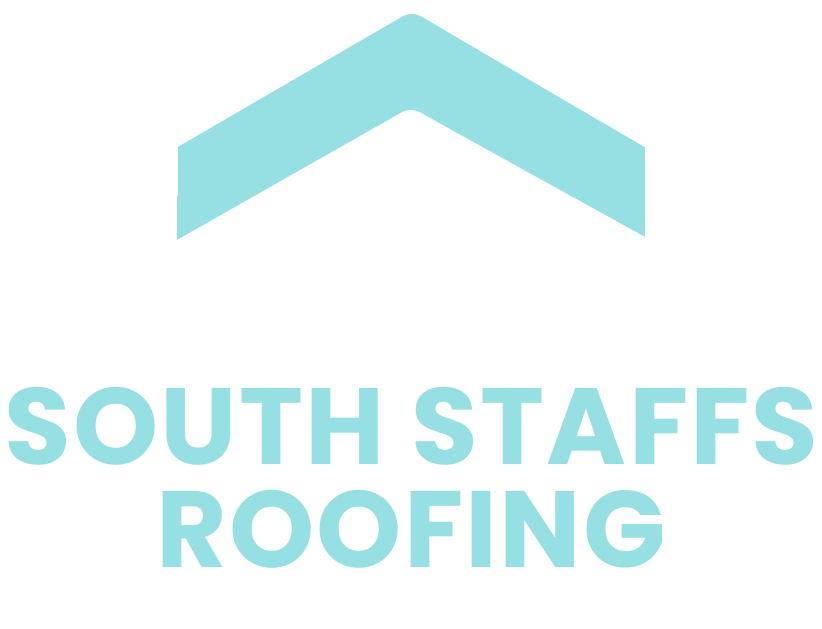Knowing when to replace your roof can be a challenging decision for many homeowners, but recognizing the signs early can help you avoid costly repairs and potential damage to your home. Over time, even the most well-constructed roofs will begin to wear down, and it's essential to know when it's time for a full replacement rather than another patch-up job. Below are the key indicators that your roof may need replacing.
1. Frequent Leaks
One of the most obvious signs that your roof needs replacing is the presence of frequent or widespread leaks. While small, isolated leaks can often be repaired, if you're noticing persistent water intrusion after rain or snow, it might indicate that your roof's waterproofing is no longer effective. Water stains on ceilings, walls, or insulation can be clear signs of underlying damage.
2. Visible Damage
If your roof is visibly sagging, has cracks, or large sections of tiles, slates, or sheets are missing, it’s time to consider a replacement. Weather exposure, especially in the UK, can gradually wear away materials, and visible damage often means the underlying structure is compromised, increasing the risk of more severe issues like water damage or a roof collapse.
3. Aging Roof
Most roofs have a typical lifespan depending on the materials used, and many roofs can last between 20 to 50 years. However, once your roof reaches the end of its expected lifespan, even if there aren't visible problems, it’s wise to plan for a replacement. As roofs age, they become more susceptible to damage from storms and extreme temperatures.
4. Increased Energy Bills
An aging or damaged roof may also affect your home’s energy efficiency. Poor insulation caused by a deteriorating roof can result in heat escaping, which forces your heating system to work harder during colder months. If you've noticed a steady rise in your energy bills without any other changes in your usage, it could be a sign that your roof’s insulation is no longer effective.
5. Moss or Mold Growth
Moss and mold growing on your roof might seem like a cosmetic issue, but it can actually signal deeper problems. Moisture buildup encourages the growth of these plants, and their presence may mean water is getting trapped in areas where it shouldn't be. Over time, this can lead to rot and weaken your roof’s integrity.
6. Damaged Flashing
Flashing is essential for sealing the edges of your roof, particularly around chimneys, vents, and skylights. If the flashing is cracked or damaged, it leaves your roof vulnerable to water ingress. Replacing damaged flashing can sometimes be enough, but widespread issues could mean your roof is nearing the end of its life.
Conclusion
Replacing your roof at the right time can save you from more extensive (and expensive) repairs down the line. If you’re noticing any of these signs, it’s worth getting a professional inspection to assess whether repairs are sufficient or if a full replacement is necessary. At South Staffs Roofing, we offer expert advice and high-quality roof replacement services to ensure your home stays protected. Contact Us today for a consultation and detailed assessment.


